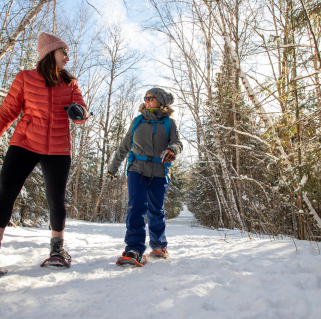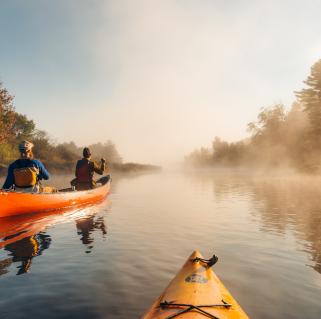Alan Belford
June 11, 2014
Birds of All Kinds Flock Here
This past weekend I helped lead trips for the Great Adirondack Birding Celebration (the GABC) held at the Paul Smith’s College VIC (Visitor Interpretive Center). In its 12th year, the event brought together birders from across the northeast and even other parts of the country as they explored the region on a variety of field trips. I led the trips into Madawaska, a large complex of boreal and deciduous habitats that sits north and west of Paul Smith’s.
Great birding right along the roadside
We entered the area via Blue Mountain Road which runs north through the area’s varied habitats and we stopped here and there to look for birds. After all, many of the best places to bird in Madawaska are right along Blue Mountain Road. One such place is the bridge which crosses the St. Regis River. There we saw distant Wood Ducks in flight, singing Alder Flycatchers, Eastern Phoebe, Cedar Waxwings, and Yellow-rumped Warbler. After a bit of a hunt we located a singing Chestnut-sided Warbler, and everyone enjoyed nice views of it.
We continued down the road and stopped at a splendid stretch of boreal habitat where two Northern Waterthrushes were singing. We were soon looking at Black-and-White Warbler, Magnolia Warbler, and listening to Nashville Warblers. After another search we saw a Canada Warbler which moved from its brushy and often difficult-to-see-into home to sing on open dead branches. Several folks walked up the road to try to spot one of the Northern Waterthrushes and to listen to a Ruby-crowned Kinglet, while others of us hunted near the cars for Yellow-bellied Flycatchers which proved too elusive for us to find.
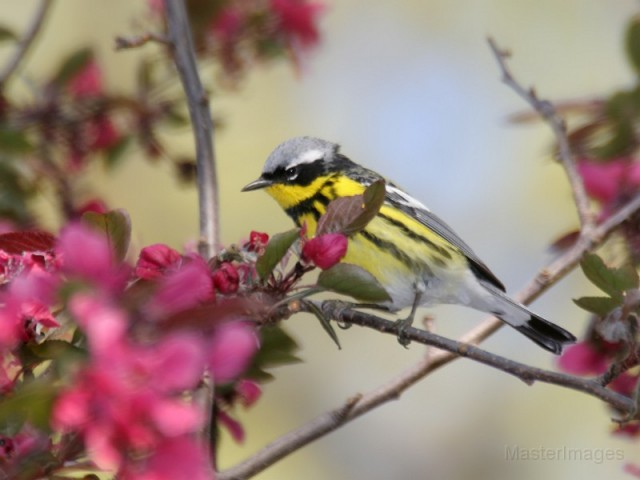
Listening for birds, a quick, "Three Beers" sounded
As we looked through the maze of gray twisted trunks and lush green foliage, a loud “Quick, Three Beers!” sounded from above us! An Olive-sided Flycatcher had flown in and was sitting on the top of a nearby snag singing! The bird threw its head back as it sang and showed us its olive sides which give it the appearance of wearing a green vest. I waved and called to the folks down the road a few of them hustled back quickly enough to get a brief look at the flycatcher before it flew out of view. It did at least keep calling in the distance and everyone heard it clearly.
Shortly after everyone returned, one of the Northern Waterthrushes (we realized there were really three singing males) hopped up into a dead tree in view and we were all happy to finally see one – they can be tricky to spot thanks to their thick habitat. Before we moved on, we heard the nasal calls of a Boreal Chickadee and soon the bird perched on the top of a low balsam fir and showed off its warm sides and brown cap.
Taking to the birding trail into the pond
With all this action to delay us, it took us a while to reach Indian Rock parking area. There we loaded our small backpacks and began the walk into Madawaska Pond along a series of flat, two-track roads. It was warm by this time, but thankfully our retinue of black flies was not particularly large. The deer flies proved to be more bothersome at the pond once we arrived there.
Birds are singing on this hike
Because it was warm, the trails themselves were a bit quiet, but we had lots of singing Nashville, Magnolia, and Canada Warblers as well as many Yellow-bellied Flycatchers and after some effort we were able to get a look at the latter. The pond itself was even more productive with Great-blue Heron, Ring-necked Duck, Lincoln’s Sparrow, Savannah Sparrow, Common Loon, Palm Warbler, and Common Yellowthroat. As we were turning to leave, someone heard a Black-backed Woodpecker and we started scanning across the bog mat for it. I made several Barred Owl calls in an effort to coax the woodpecker to come in to investigate and I did at least succeed in agitating it into calling more frequently. It eventually began popping in and out along the edge of the trees and several folks got quick looks at it.
We retraced our steps to the cars and began to wind our way back out along Blue Mountain Road. Along the way a Gray Jay appeared along the road edge and several of us were able to see it well. We also stopped again at the bridge across the St. Regis River where an Eastern Kingbird was perched, a nice species to cap off our morning. We moved on – it was lunch time and there were catered sandwiches and potato salad from Lakeview Deli beckoning us.
72 Species in 2 days at Madawaska
I was back in Madawaska the following day guiding again for the GABC and we had a similar mix of species. And, although we didn’t find a Black-backed Woodpecker on that day, we had a great looks at Mourning, Chestnut-sided, and Blackburnian Warblers as well as American Redstart and Northern Waterthrush. We had found 17 species of warbler on the first day and 18 on the second after picking up a Yellow Warbler. After all, Madawaska is a great place to look for warblers and all told we tallied 72 species. Read more about birding in this area on the Saranac Lake birding page.
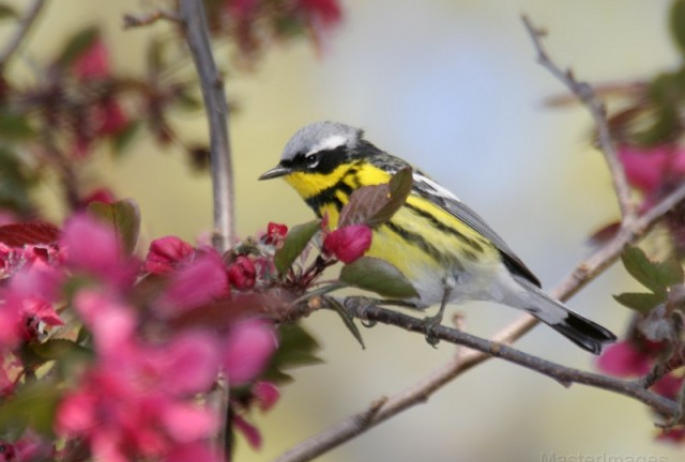
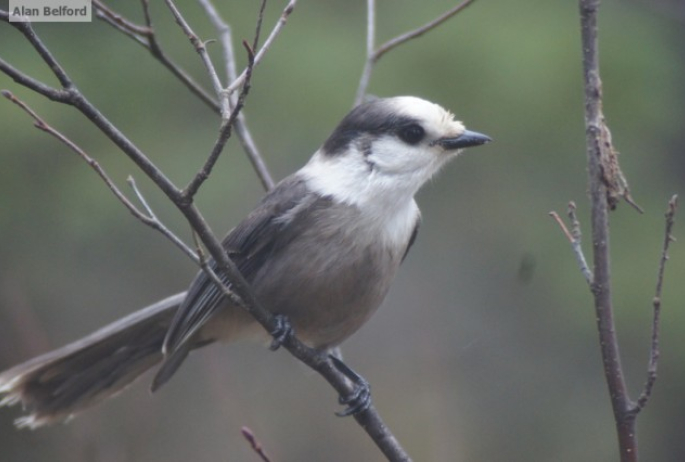
Packages and Promotions
Valid Dec. 1
- Dec. 1
Valid Dec. 1
- Dec. 1
Linger Longer in Saranac Lake
Best Western Saranac Lake
Linger Longer in Saranac Lake at our supremely located property, Best Western Saranac Lake. Stay 2 nights or more and get 15% off!
Valid Jan. 16
- Mar. 31
Valid Jan. 16
- Mar. 31
Hotel Saranac Sled & Spoke Package
Hotel Saranac
Snowmobile Package Hotel Saranac and Sara-Placid Sled & Spoke have partnered so you and a guest can explore dozens of miles of ADK snowmobile...
Valid Jan. 16
- Mar. 31
Valid Jan. 16
- Mar. 31
Hotel Saranac Ski & Stay Package
Hotel Saranac
Stay & Ski Package Stay at Hotel Saranac and Ski Titus Mountain Day or Night Package Your room reservation includes one adult lift ticket....
Valid Jun. 20
- Sep. 7
Valid Mar. 12
- Jun. 30
Guided Nature Immersions - 10% off for Pre-Season Registration
Adirondack Riverwalking & Forest Bathing
Picture it now...you are wading the Ausable River on a warm summer day, feel the cool water against you, hear the sounds of the birds and the...
Valid Jan. 21
- Mar. 31
Valid Jan. 21
- Mar. 31
Titus Mountain Ski Package
Voco Saranac Lake
Enjoy your stay at the award winning voco Saranac Lake which includes two adult lift tickets at Titus Mountain Family Ski Center. Additional...
Valid Jan. 21
- Jan. 21
Valid Jan. 21
- Jan. 21
Stay and Dine
Voco Saranac Lake
Receive a 50 dollar credit per stay to use in our Boathouse Saranac Lake Pub. Enjoy an exceptional dining experience with unparalleled views great...

